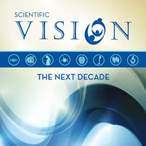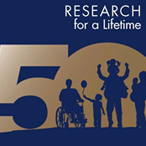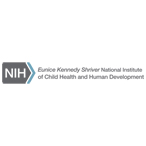Encouraging Healthy Child Development with Birth to 5: Watch Me Thrive!
A recent survey shows that one in four young children (ages birth to 5) are at moderate to high risk for developmental, behavioral, or social delays.1 To raise awareness of these risks and promote early screening, the NICHD has joined the Administration for Children and Families and a number of other federal partners in launching Birth to 5: Watch Me Thrive!








 BACK TO TOP
BACK TO TOP